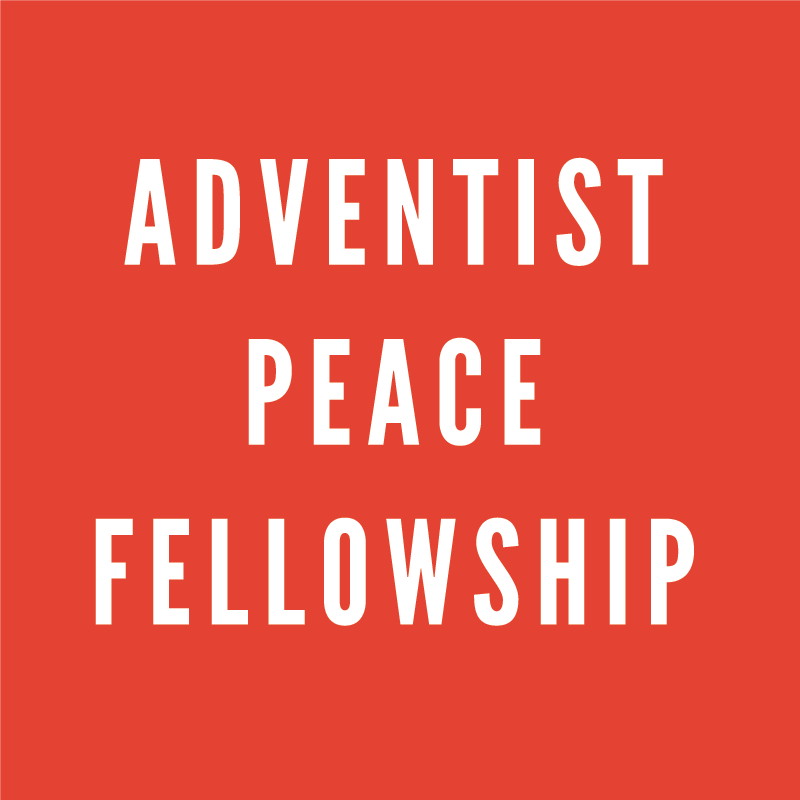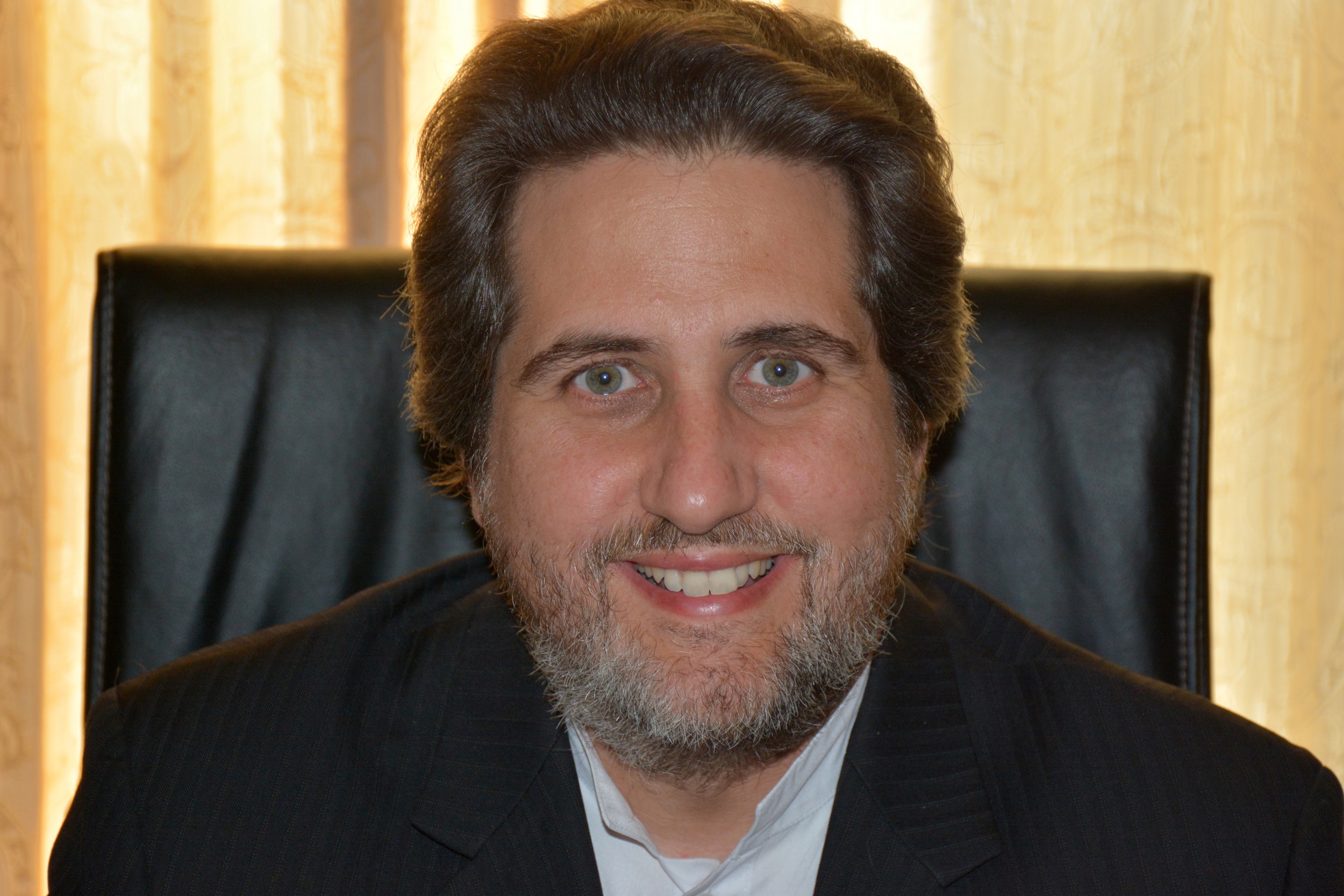Seminary Conversation on Guns & Violence
INTRODUCTION
I (Jeff Boyd) have been invited to spend 90 minutes leading a seminary class discussion on violence and guns. Before I join the crew, the doctoral students will have read Beating Guns (Claiborne & Martin, 2019) and will have watched Us Kids (documentary, 2020). The professor has also highlighted The Fallout (R, 2021).
This is the description I was given for our session together: “In addition to thinking about God’s calling across the life span of individuals, we are also examining God’s calling to church organizations throughout their history, especially as they navigate cultural disruptions and transitions.” And the invitation is to spend an hour and a half exploring “the intersection of Peace Studies and Adventism and how we might discern God’s calling amid the unspeakable violence violence that is all too common—from American schools to Ukrainian cities and towns.”
Below are some of the themes and resources we will likely cover, but we’ll see where the conversation leads…. For this conversation, we presume the best intent in each other’s comments and hearts.
PREAMBLE
Isaiah 2:4 — He will judge between the nations and will settle disputes for many peoples. They will beat their swords into plowshares and their spears into pruning hooks. Nation will not take up sword against nation, nor will they train for war anymore.
Joel 3:10 — Beat your plowshares into swords and your pruning hooks into spears. Let the weakling say, “I am strong!”
Micah 4:3 — He will judge between many peoples and will settle disputes for strong nations far and wide. They will beat their swords into plowshares and their spears into pruning hooks. Nation will not take up sword against nation, nor will they train for war anymore.
Justin Martyr, Dialogue with Trypho, 110.2-3 (Rome, mid-second century): For we Christians, who have gained a knowledge of the true worship of God from the Law and from the word which went forth from Jerusalem by way of the Apostles of Jesus, have run for protection to the God of Jacob and the God of Israel. And we who delighted in war, in the slaughter of one another, and in every other kind of iniquity have in every part of the world converted our weapons of war into implements of peace – our swords into ploughshares, our spears into farmers’ tools – and we cultivate piety, justice, brotherly charity, faith, and hope, which we derive from the Father through the Crucified Saviour.
Ellen White, The Great Controversy, 589: Satan delights in war, for it excites the worst passions of the soul and then sweeps into eternity its victims steeped in vice and blood. It is his object to incite the nations to war against one another, for he can thus divert the minds of the people from the work of preparation to stand in the day of God. [compare with mass shootings and Psalm 46]
Art Gish holding a plow. Screenshot from “Old Radicals” (https://youtu.be/oHpTUhF_l3A).
PRESENTATION & DISCUSSION
DEFINITIONS OF PEACE:
Shalom: https://pacificador99.wordpress.com/2011/02/28/toward-a-definition-of-shalom/
Positive & Negative Peace: https://www.iwj.org/resources/2016-advent-reflections/a-positive-peace
Just Peace: peace with justice
SELECT PEACE/VIOLENCE THEMES: Nonviolence, pacifism, conscientious objection, selective conscientious objection, just war theory, Constantinian shift, self-defense, R2P responsibility to protect (UN), forgiveness, reconciliation, justice, interpersonal conflict, intrastate violence/war, interstate violence/war, terrorism, torture, conflict transformation, death penalty, just peacemaking, racism, intimate partner violence, mental health, interfaith issues, economic issues, gun violence….
FIVE-PART JOURNEY pastors should be aware of, with each level or sector influencing the others: individual/personal, congregational (sidebar to “cliche” below), denominational, national/societal (culture trumps religion. always?), and global.
CLICHE: Pastor holds a Bible in one hand and a newspaper (shorthand for info about the world, whether in current events, cultural values and movements, or history) in the other. The pastor who is concerned about peace can organize content from these sources (broadly defined) into three buckets: (1) pro peace, (2) anti violence, and (3) “but what about…?”
BIBLE:
Peace & violence in the Hebrew scriptures and the Christian New Testament
Narrative theology and the trajectory of scripture (trajectory hermeneutics)
HISTORY BOOK: The Early Church, later Christian history, early Adventist history, and recent Adventist history/culture.
NEWSPAPER: Gun violence in schools and wider society, and intrastate and interstate war. (Guns now leading cause of death for kids in the U.S. Fox News, WebMD)
SELECT ADVENTIST STATEMENTS on VIOLENCE:
ONE HUMANITY: A HUMAN RELATIONS STATEMENT ADDRESSING RACISM, CASTEISM, TRIBALISM, AND ETHNOCENTRISM (2020)
War in Congo (2008)
War in Iraq (2003)
Call for Peace (2002)
50th Anniversary of the Universal Declaration of Human Rights (1998)
Family Violence (1996)
Peace (1985)
ARTICLES:
“The Beginnings of a Peace Church: Eschatology, Ethics, and Expedience in Seventh-day Adventist Responses to the Civil War” (Douglas Morgan, Andrews University Seminary Studies, Vol. 45, No. 1, 35–43).
“Military Service in the Church Orders” (Alan Kreider, Journal of Religious Ethics, 31 (3):415 – 442, 2003), JSTOR
Some of Jeff’s grad school papers
See “Bonus 2” below
PODCAST: Adventist Peace Radio
Ep. 20, “March For Our Lives” (Valerie Sigamani & Judit Manchay, Apr. 6, 2018)
Ep. 11, “Peacemaking in Charlottesville” (Daniel Xisto, Aug. 22, 2017)
Ep. 4, “Peace Church Network” (Lisa Diller & Jeff Gang, July 12, 2016)
Ep. 54, “Civil Disobedience” (Jeff Boyd, Mar. 11, 2020)
ADVENTIST PEACEMAKERS: Adventist Peace Fellowship List
See also: Lyndi Fourie Foundation, Story at The Forgiveness Project, Adventist Review (2006), Beyond Forgiving (documentary short)
APF PEACE CHURCH NETWORK:
Website: http://adventistpeace.org/churches
MLK JR. & The Unholy Trinity: Liberating The Church From Violence (Jan. 2022)
DOCUMENTARY FILMS:
Old Radicals (Art Gish)
Ordinary Radicals (book tour documentary)
SELECT BOOKS:
By Adventists
Church and Society (Maier, ed., 2015)
Adventism and the American Republic (Morgan, 2001)
Adventists and Military Service (Hasel, Magyarosi, Hoschele, eds., 2019)
The Promise of Peace (Scriven, 2009)
Anarchy and Apocalypse (Osborn, 2010)
Seventh-day Adventists in Time of War (Wilcox, 1936)
The Peacemaking Remnant (Morgan, ed., 2005)
Should I Fight? (Bussey, ed., 2011)
I Pledge Allegiance (Phillips, Tsatalbasidis, 2007)
I’m Not Leaving (Wilkins, 2011)
Flee the Captor (Ford, 1966)
For Congregations
A Culture of Peace: God’s Vision for the Church (Kreider, Kreider & Widjaja, 2005)
Peace Ministry: A Handbook for Local Churches (Buttry, 1995)
Christian Peacemaking (Buttry, 1994)
Shalom Church (Nessan, 2010)
Just Church (Martin, 2012)
Jeff Boyd, Additional Books (YouTube, 2017)
General
Jesus for President (Claiborne & Shaw, 2008)
Peacemakers in Action: Profiles of Religion in Conflict Resolution (Little, ed., 2007)
Peacemaking Power of Prayer (Robb & Hill, 2000)
Just Peacemaking (Stassen, 2008)
Peace Reader (Sider & Keefer Jr., eds., 2002)
History
The Early Church on Killing (Sider, ed., 2012)
Christian Attitudes toward War and Peace (Bainton, 1986)
Christian Attitudes to War, Peace and Revolution (Yoder, 2009)
Theology
Neglected Voices: Peace in the Old Testament (Leiter, 2007)
Covenant of Peace (Swartley, 2006)
Shalom: The Bible’s Word for Salvation, Justice & Peace (Yoder, 1987)
For Kids
My Daddy, Dr. Martin Luther King, Jr. (King III, 2013)
Teaching Peace to Children (Charissa Boyd, Jan. 24, 2020, Adventist Peace Radio podcast)
BONUS 1: https://www.presbypeacefellowship.org/gun-violence/
BONUS 2: Mishmash of Adventists responding to violence:
2005
https://adventist.news/news/world-church-adventists-condemn-london-acts-of-terror-pray-for-victims
2008
https://adventist.news/news/london-adventist-youth-march-against-violence
2013
https://atoday.org/thousands-of-adventist-youth-will-protest-gun-violence-in-march-across-brooklyn-bridge/
2018
https://atoday.org/adventist-churches-in-london-join-demonstrations-against-violence/
https://atoday.org/caribbean-adventist-youth-march-against-guns-and-drugs/
2019
https://atoday.org/london-adventists-march-against-gun-crime/
https://ted.adventist.org/news/adventist-youth-march-against-knife-and-gun-crime-in-their-community/
https://atoday.org/sabbath-school-mass-shootings-and-deafening-silence/
2022








